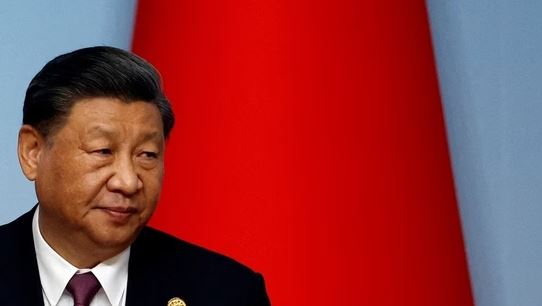This week, China made a sudden decision to stop sharing statistics on its skyrocketing teenage unemployment rate. This is the latest indicator that the Asian behemoth is increasingly censoring sensitive information, particularly when it is unpleasant to the nation’s struggling economy.
After reaching a new all-time high of 21.3% in June, the unemployment rate for those aged 16 to 24 slipped into this particularly sensitive group in July. The fact that one fifth of young people are without jobs is a concerning figure for a governing Communist Party that is fixated on preserving social harmony.
A larger variety of data is being considered inappropriate for public consumption as China’s economy fights against a number of challenges to its objective for economic development in 2023. Beijing has been compelled to ringfence data that it considers may provide an edge to the Biden administration as a result of President Xi Jinping’s ideological fight with the United States.
In spite of the fact that much of China’s disappearing data is done so in a stealthy manner, the decision to withhold the unemployment number was made public at a press conference. The National Bureau of Statistics has a history of delaying releases that are unfavourable for the economy; however, the choice to do so is not often made public by the bureau.
In its report from the previous month, the government suggested that July’s total was likely going to grow, which would establish another record. Then, all of a sudden, on Tuesday, authorities announced that they would suspend sharing the data, claiming the need to work out the mechanism for how it is evaluated.
Calculating the actual employment rate is a difficult task, and it’s possible that the government came to the conclusion that their existing model doesn’t adequately reflect reality due to the dynamic structure of the economy and shifting labour patterns. The fact that the number was about to set another record at the time of the transfer, however, raises some issues about its timing. The authorities have made it clear that they are considering restarting the publication of the data over the next several months.
The monthly release does not include any of the numbers that demonstrate the quantity of land that developers purchased or the price that they paid for it. The data series may be traced all the way back to 1998. This decision was made in response to a decrease in the quantity of land sold for development of more than fifty percent during the course of the previous year.
This reduction suggested that the housing crisis was far more severe than the administration had stated it was. According to the official numbers, the decline in income that local governments saw from land sales last year was just 23%.
One further peculiar piece of information is that the sum of money that the government has stashed away in official forms of foreign currency, which has remained surprisingly unchanged since 2017. This is the case in spite of the fact that China had an increasingly huge trade surplus throughout that time period, which should have resulted in a rise in reserves.
According to Brad Setser, a former officer in the United States Treasury and Trade Department, almost half of the real reserves are “hidden.” According to him, a significant portion of the nation’s reserves are held in “shadow reserves,” which are included in the assets of organisations such as state commercial lenders and policy banks. As a result, these reserves do not appear in the official records of the People’s Bank of China (PBOC).
The fact that the currency has remained constant despite the expanding trade and current account surplus is evidence that part of that extra money is probably being utilised to interfere in currency markets.

